Taking down a Giant!
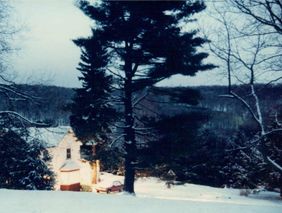
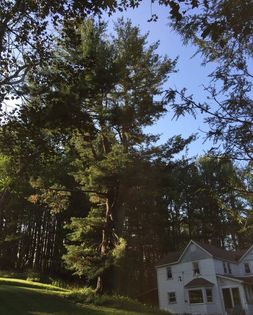
I have learned in the meantime, that pine trees can grow almost a foot a year. Now the house is surrounded by so many huge trees, most of them are posing a real danger.
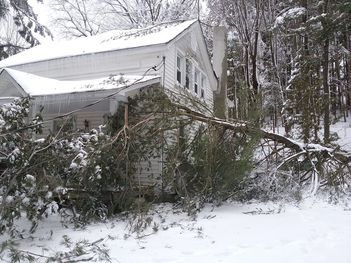
That experience made us a lot more mindful of the condition of the trees surrounding our house. For example, we’ve had a wetter than average year in our region this year. This will make tree species with shallow root systems more prone to toppling in a windstorm. The denser the foliage on the tree, the more it will resist heavy winds and more likely it will be blown over. You can feel this if you hold your arm out your car window with your hand cupped against the wind, while driving. At 50 miles an hour- not an unusual wind speed for a winter storm, your arm will be bent almost painfully backwards. Now spread your fingers widely apart, and feel how much less resistance there is. It is the same for your trees. Sometimes careful pruning can extend the life of your favorite tree for just this reason.
Now I look at trees more like a doctor. Are they still healthy? Do they have poorly formed forks, and which ones? (Please see our post of April 23, 2018 “The Fork in the Tree) Are they balanced? Do they stand on even ground? Where would they fall, if they do? Are the leaves showing signs of distress?
Twenty years ago, when the trees had grown higher than the house, we had some trees removed. Their branches were resting on our roof in the winter with their snow loads; and squirrels used the branches as a convenient bridge to get to the roof, enjoying their new playground, and looking for gaps in the eaves so they could find their way in for a cozy winter shelter.
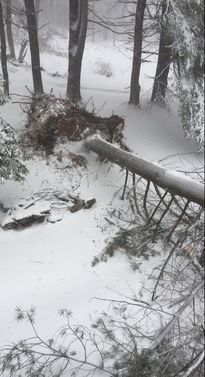
So I looked at the patriarch tree in front of the house and asked those questions. The result was sobering. In the course of almost 40 winters since we took over stewardship, the tree showed many battle scars. Each winter branches broke off from snow loads, but it was still standing on the embankment, very close to the house. It was not properly balanced anymore. It was now over 100 feet high and two people together were unable to hug the trunk, as it was too big. With a big snowstorm and fierce winds, it would come down and would fall on the house, destroying it with everybody and everything in it.
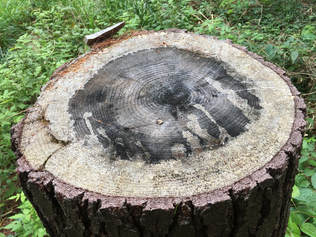
Unfortunately, trees are good at hiding if they are plagued with a disease. The tree that came down in March was considered healthy by the loggers we had here only three years ago. When I look at the tree stump now, after half a year, I see that the inside of the stump turned black and only the outside rings are still good. According to its rings the tree was 49 years old. When we bought the property, it was a teenager of 13 years!
So we were forced to schedule the take-down. As difficult as it was for us, to make the decision, it was necessary to prevent our house from eventually being taken out by this massive tree.
Here are the pictures and videos of the procedure that lasted a whole day:
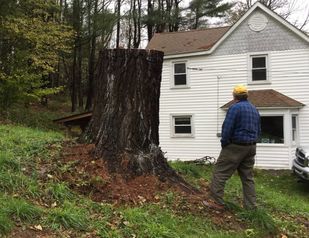 The man is 6 feet tall
The man is 6 feet tall
The tree stump still stands. It was cut about 2 meters (~6 feet) above the ground for several reasons. Counting the tree rings, we determined that this yellow pine tree started growing about 125 years ago when Grover Cleveland was President of the United States. That is very old by American standards! But our house is a bit older. So this giant started growing when a rock was in the way of the original homesteaders gardening, and it was allowed to grow unmolested ever since, on this steep embankment.
Over the years, this growing tree was used as a target, a fence anchor, a way-point, and an anchor for many different needs. As a result, protruding bits of iron and wire, forbade the logger from cutting the stem any lower than the highest point we could divine from the historical record. This was the anchor point for an existing pole’s support wire. Below this wire, you can’t cut without possibly hitting old iron, much of it lost to history as it was swallowed by the ever expanding trunk.
Now things are very different and nature is adjusting quickly. There is more grass growing on the front lawn and in places that always struggled. The light in the house is stronger and the temperature is a little warmer in the front of the house. Birds and squirrels had to find new ways to get to our bird feeders. In the Fall, I certainly will not miss the mountains of pine needles and cones on the driveway and the roofs, which had to be swept regularly. Of course, I am wondering how our driveway will change during the winter. The massive shade footprint of this tree always made the ice linger longer in front of the house.
Things will be very different in the future ….
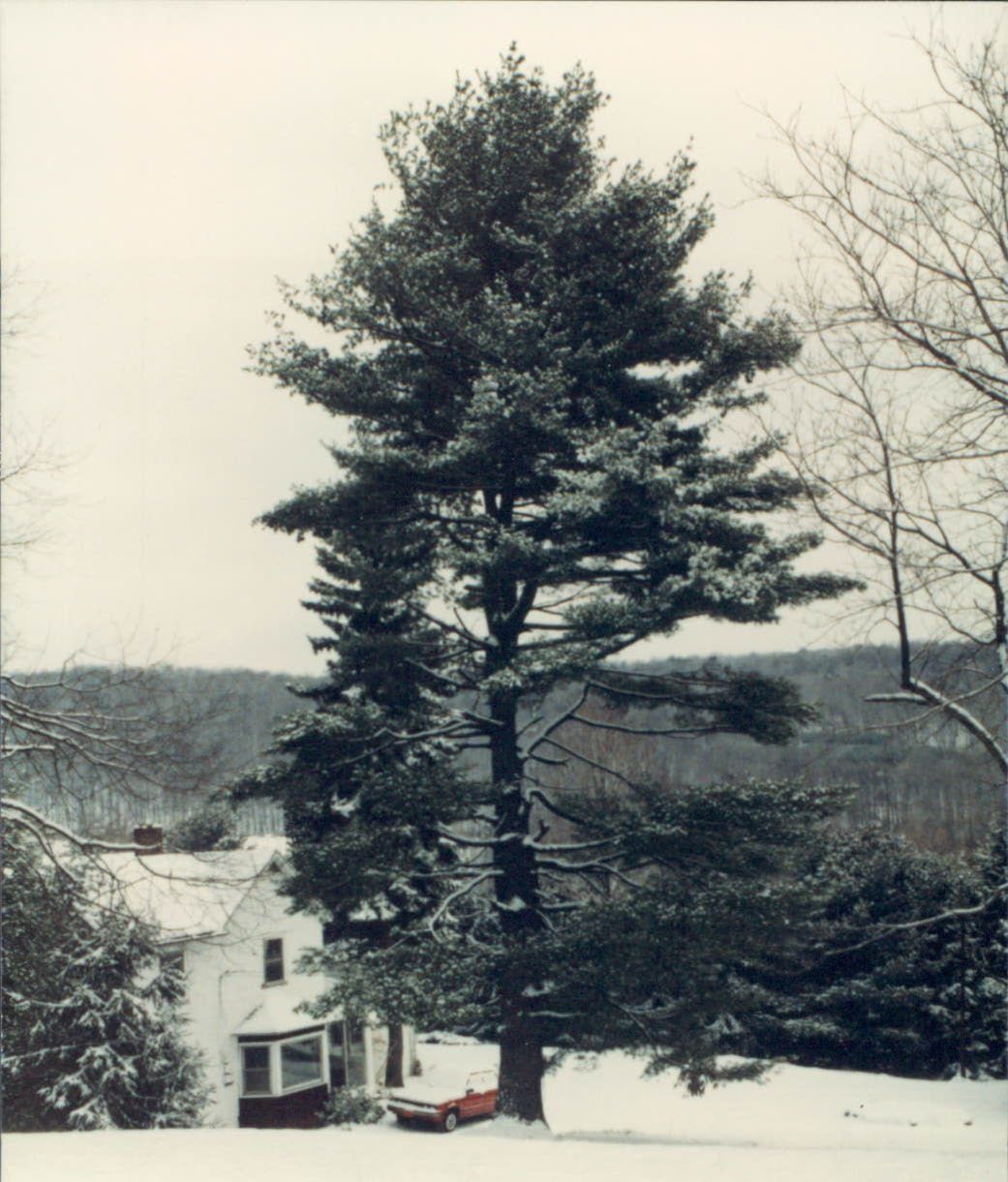
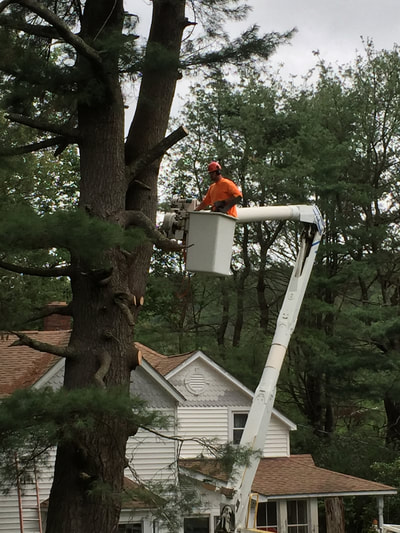
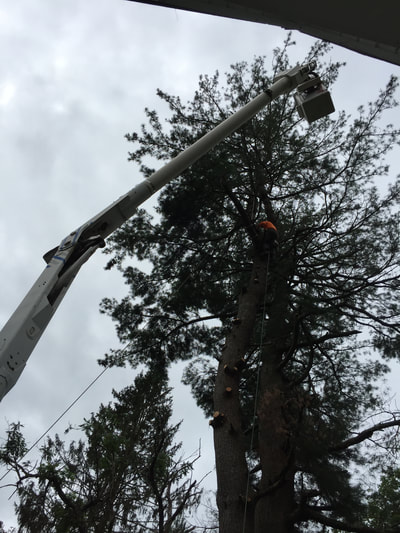
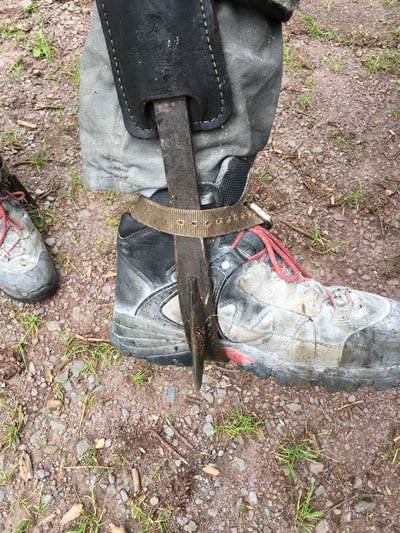
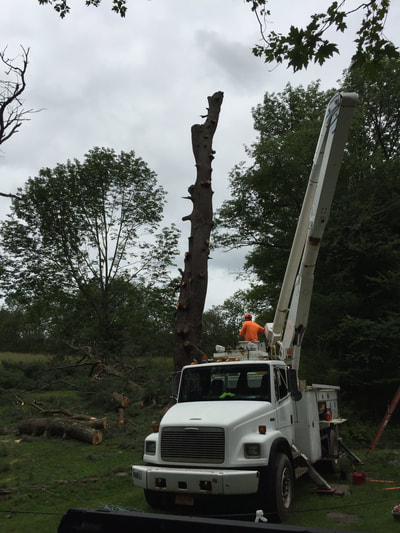
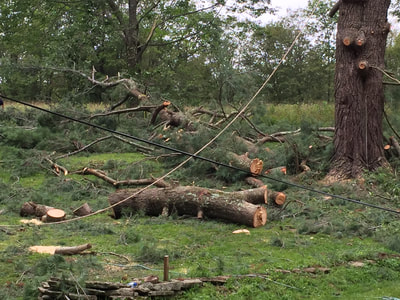
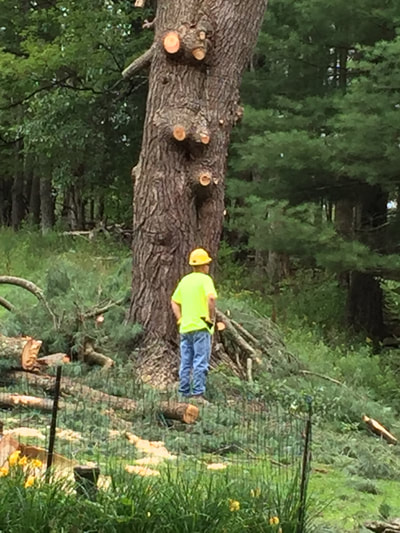
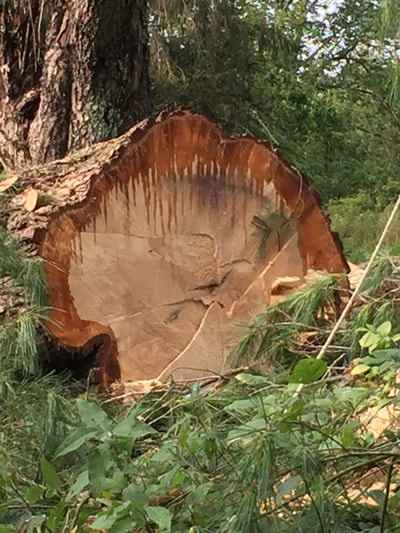
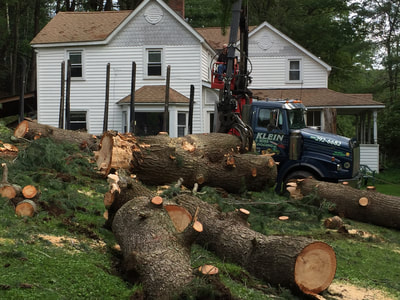
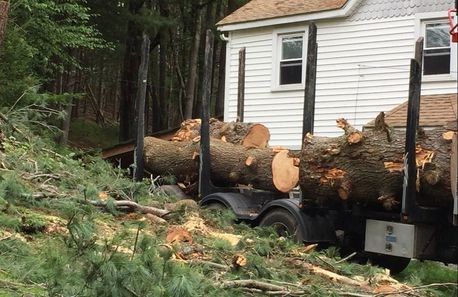
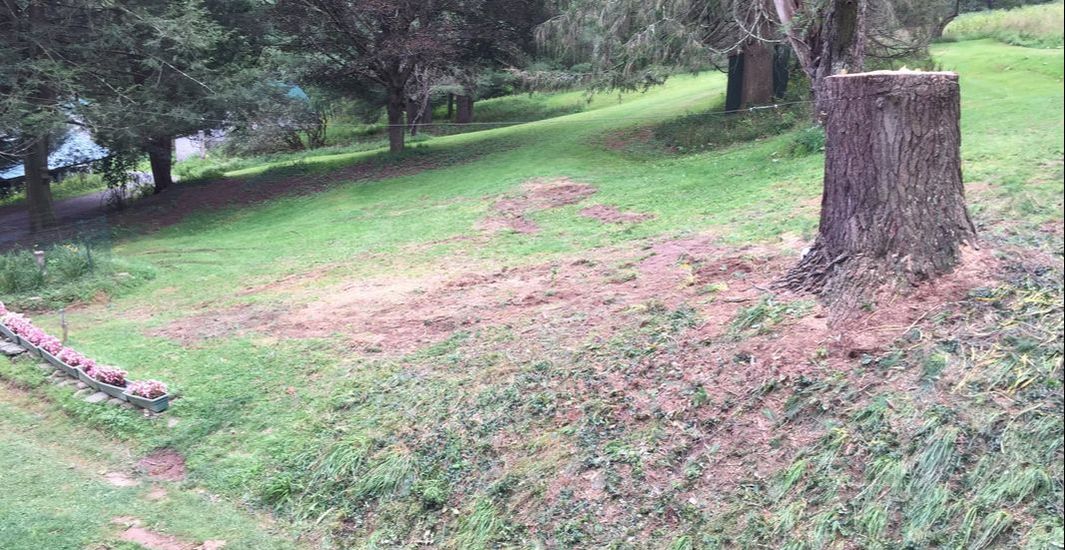
 RSS Feed
RSS Feed